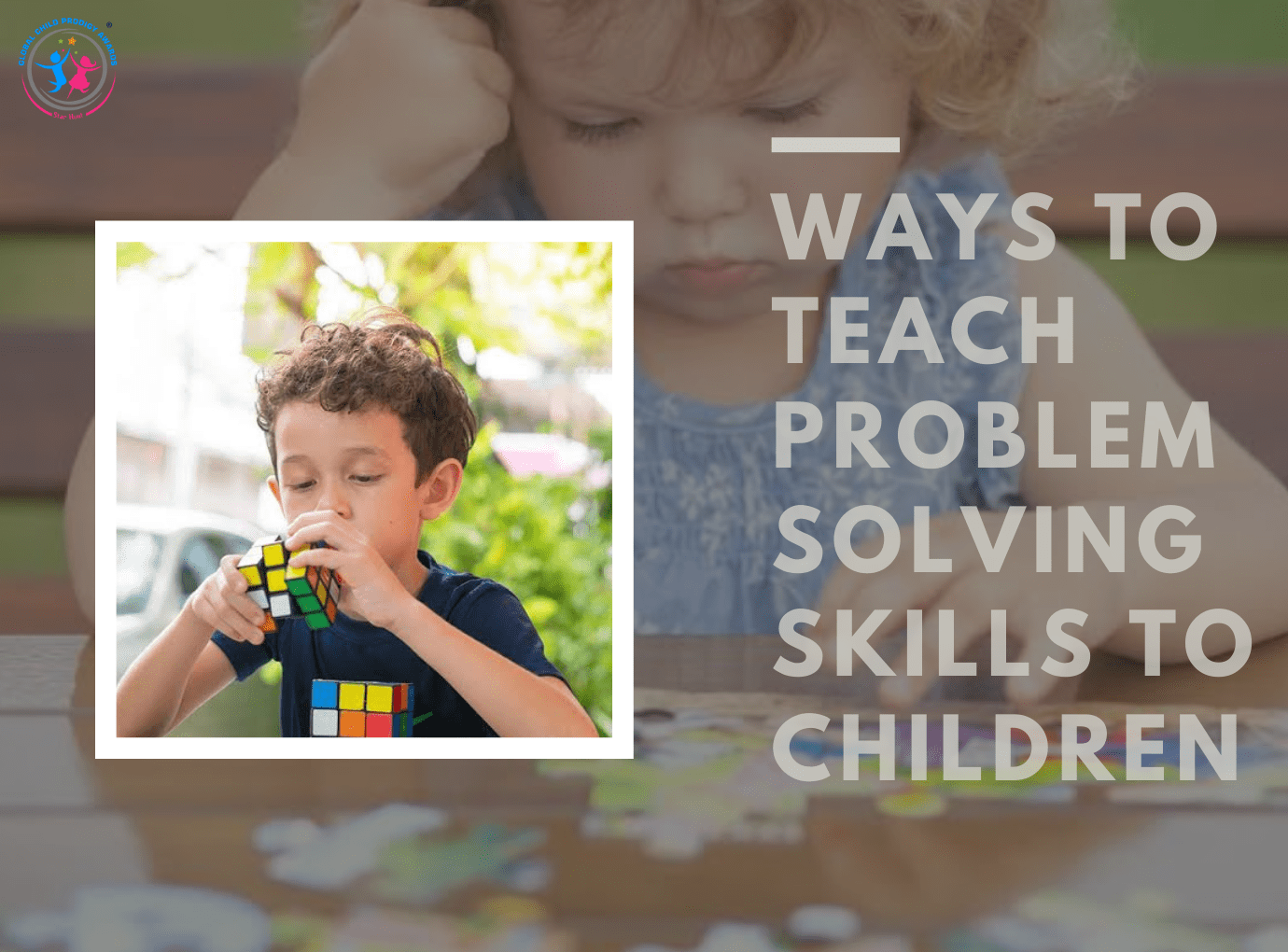Kids of all age groups face problems and challenges daily, whether it’s a toy-related issue, tricky maths equations, or negative peer pressure. As parents, we may not always be there in every negative situation they face. In fact, this isn’t our job also. Our motive should be to teach children how to solve their problems by themselves. This will make them confident, independent, and able to make their own decisions. Rather than giving up frustrated when they face some challenges, children with problem-solving skills manage their emotions, think creatively, and endure until they find a solution. These abilities generally grow with their age, but you can teach them how to develop problem-solving skills better. You can start teaching problem-solving skills during preschool, and this will help your child sharpen their skills in high school and further in their life.
1.Help your kids in solving a problem.

Kids feel embarrassed and hopeless when they are not able to address a problem. But when your guide them and give them an explicit formula for solving problems, they’ll feel more confident and put more effort into solving their problems. Here we have few suggestions that will help you to give proper advice to your children.
2.Identify the Problem.
Kids may see some problems too big that are negligible in your eyes. Just listening to their concerns and guiding them with your experience can make a huge difference in their perspective.
3.Try to develop multiple possible solutions.

Some suggestions of your might not feel suitable by your kids. Brainstorm multiple ways to solve the problem. Try to give numerous ideas to deal with the situation and tell all the positive and negative aspects of options. The main motive is to help them with slight creativity; they can find different potential solutions independently.
4.Identify all the negative and positive aspects of each solution.
Help your child identify positive and negative sides or consequences for each potential solution they choose.
5.Pick a suitable solution.
Giving them options only doesn’t tell them or suggest choosing the choice instead of evaluating the positive and the adverse outcomes.
6.Test it out.
When your child chooses an option, tell them to try it and see what happens. If it doesn’t work, ask them to try the other best option. This gives your child a better idea of what to do if they face the same situation in the future.
7.Practice Solving Problems

When your child faces a problem, don’t rush to solve that problem for them. Just give a little guidance to solve the problem. Encourage them to solve the problems on their own. When they try to come up with a solution but fail, then step up and help them.
8.Allow for Natural Consequences
Naural consequences may also teach your child to develop better problem-solving skills. So, sometimes, allow them to face the natural consequences of their actions. Only make sure it’s safe to do or not.
For Example, let your child set free to spend their pocket money in 10 minutes in an amusement park and after that let them go for the rest of the day without any spending money.
The Global Child Prodigy wishes you Happy Parenting!!!
Also read: How to keep kids entertained while you work from home?
Content creator and core team member at GCPA | Feel free to contact me at team@139.84.133.140

